
Pakhi Gupta
Top Adventure Activities in Vietnam for Couples | Thrill & Romance
Explore the best Vietnam adventure activities for couples, from caving in Phong Nha to ziplining in Da Lat. Enjoy thrilling, romantic experiences together.
Read More

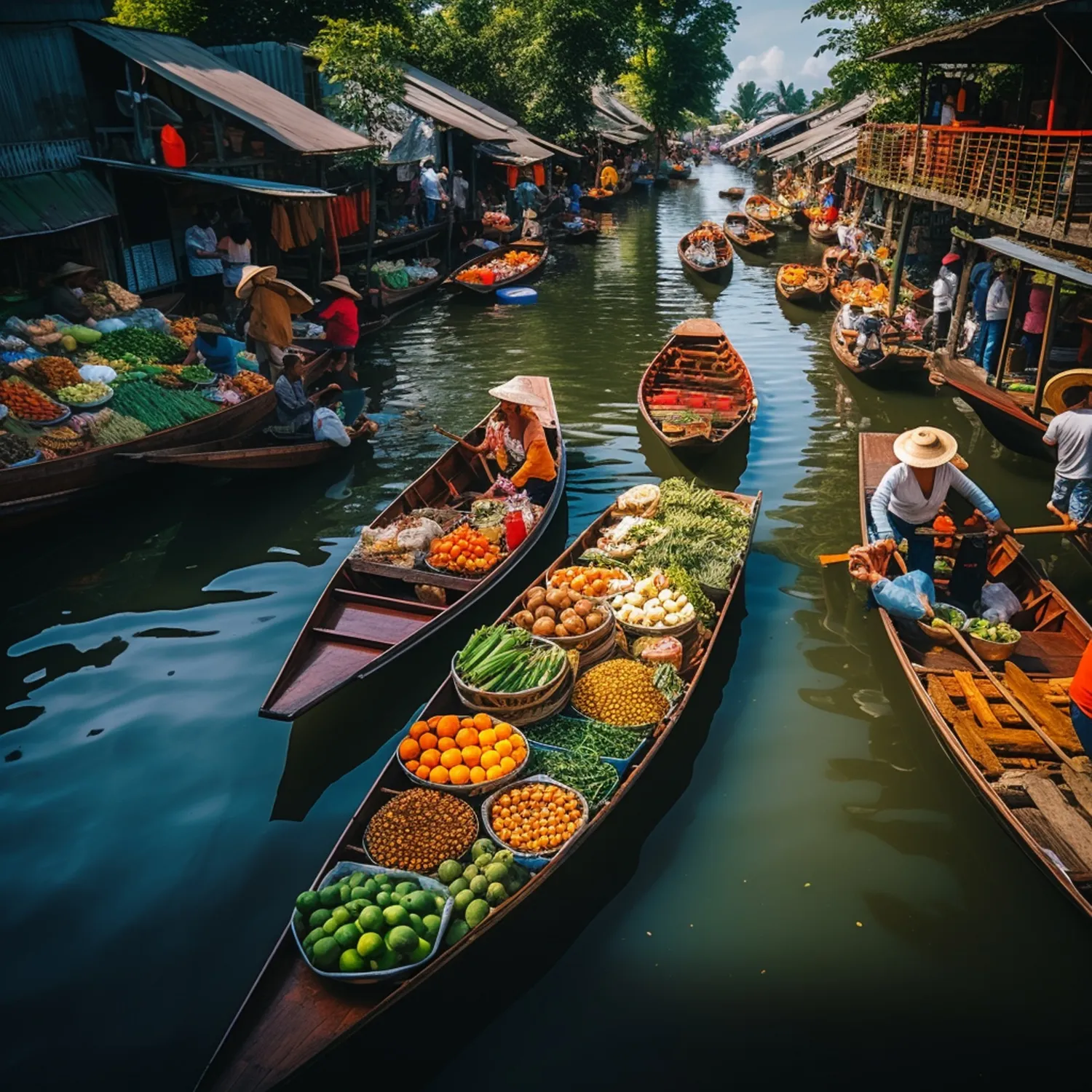

Vaibhav Surana
27/09/25
Southeast Asia is always a little extra special when it comes to traveling internationally. Two countries that frequently come up in conversations are Thailand and Vietnam. Both countries are rich in history, culture, beauty, adventure, and, of course, romance, yet they are very different in terms of travel experiences.
Thailand is one of the most visited countries in the world, famous for its lively nightlife, gorgeous beaches, thousands of markets, and architectural temples. It is a land that offers a seamless mix of modern comforts and traditional culture, making it easy for tourists to feel both excited and at home. From luxury sky-high hotels in Bangkok to secluded islands in Koh Samui, Thailand has experiences for every type of traveler.
Vietnam is more about soulful travel experiences. It is a country where breathtaking rice terraces, ancient towns, and culturally historical sites come together, creating an authentic travel experience. Vietnam gives you the chance to slow down, breathe in the mountain air, cruise along limestone karsts in Halong Bay, and connect with locals in charming towns like Hoi An.
If you find yourself deciding between Thailand and Vietnam, this blog will give you a detailed breakdown of both countries, based on costs, things to do, food, shopping, visas, and more.
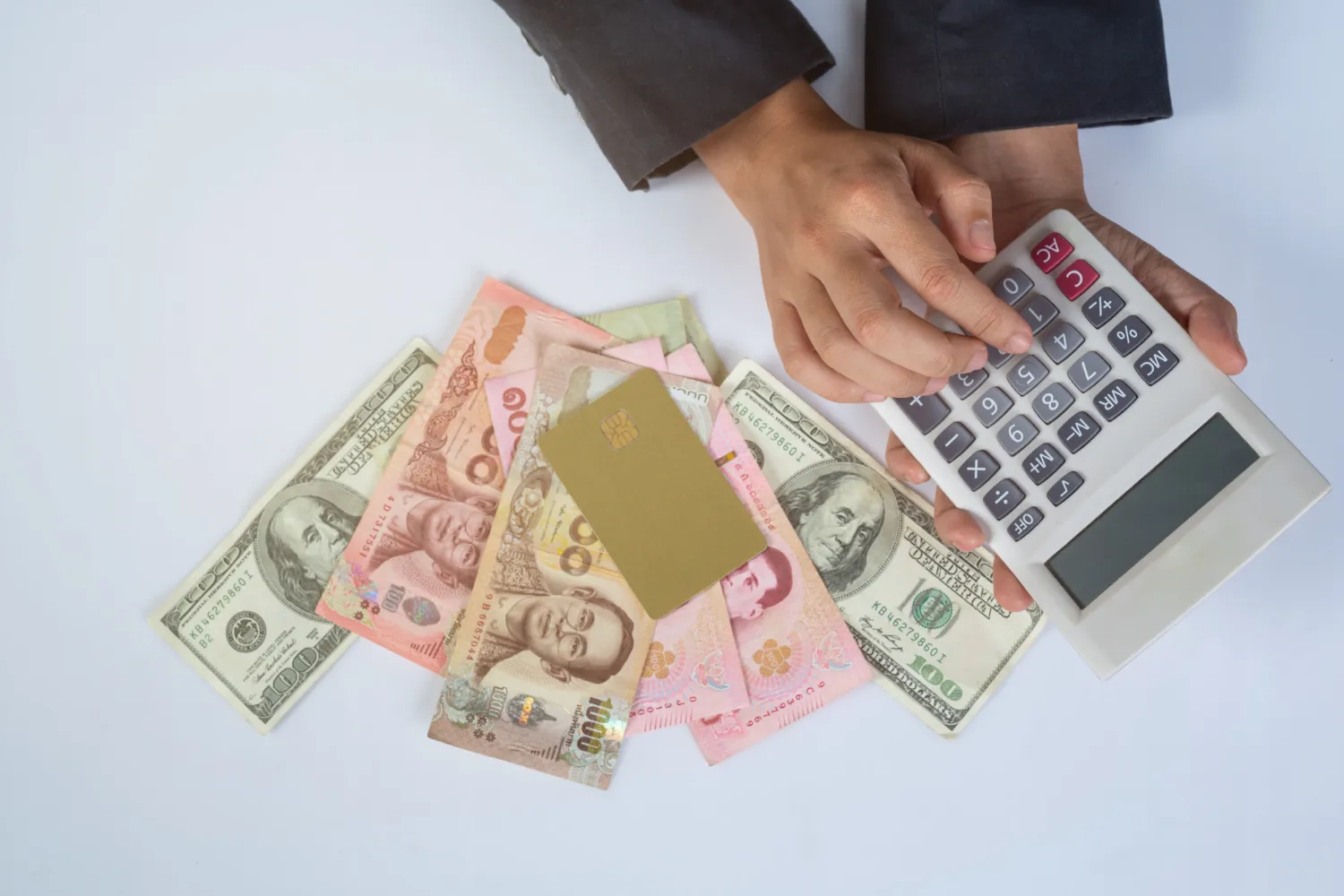
Before deciding on which country to travel to, one of the first things travellers compare is the budget. While Thailand is a little more touristy and in some areas a little more expensive, it has good options in many ways. Vietnam may feel less expensive on a day-to-day basis, especially for food, street food, and transportation.
For a one-week trip to Thailand, you can expect to pay around ₹65000 - ₹85000 per person, if you are looking at mid-range hotels, flights, and activities. If you want luxury beach resorts, spa treatments, and premium activities, your budget may rise to ₹1-1.5 lakhs.
When it comes to finding value for money, Vietnam is a little superior to Thailand. A 7-day trip to Vietnam can comfortably be done within ₹55,000 - ₹75,000 while staying in good-quality 4-star hotels and experiencing highlights like a cruise in Halong Bay. Even luxury hotels like international chains in Da Nang or Phu Quoc are usually less expensive than similar hotels found in Thailand.
In terms of travel expenses, Vietnam generally wins as the more affordable country, but Thailand offers more flexibility in range.
The number of days you need to explore each country depends on what you want to see, what region you want to cover, and what experiences you want to have.
Although there are no such major differences between the two countries. If itineraries are curated carefully and with proper planning, then you can explore both countries efficiently.
To avoid the fear of missing out on a place, book your Thailand and Vietnam packages with 30 Sundays.
The weather plays an important role in deciding which country you should visit. Both countries stretch across different regions and landscapes, which means the climate can vary. Let’s quickly compare the weather and the best time to visit both countries.
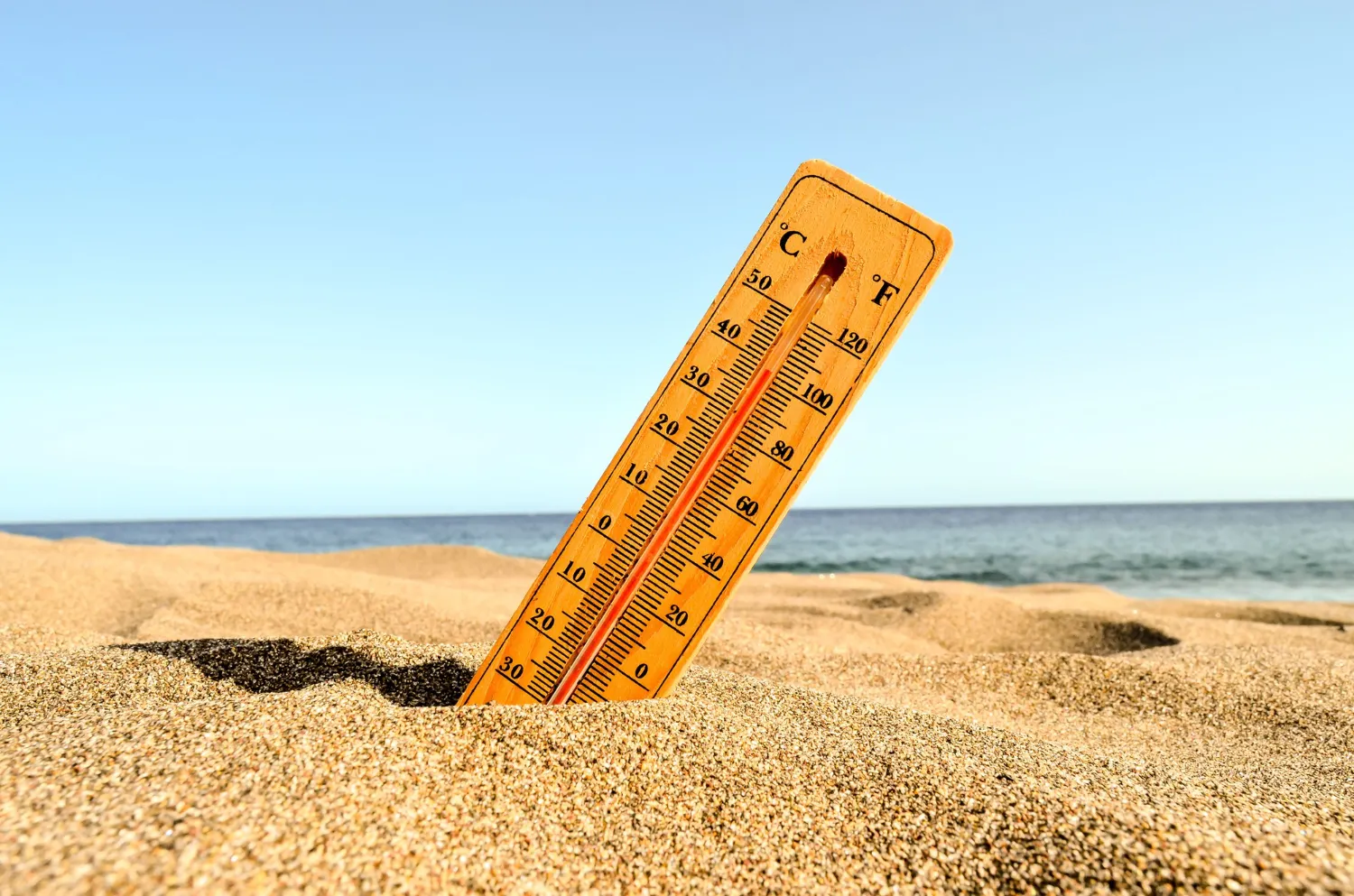
The weather in Thailand is comparatively simple, with the best time to visit the country being from November to March. During these months, the weather is cooler and pleasant, making it perfect for the beach, sightseeing, and island hopping. April to June can be hot and humid, while from July to October is the rainy season, during which you can also find good deals and fewer tourists.
Vietnam has a more region-specific climate. The north, with places like Hanoi and Sapa, is best to visit from October to March when it is cooler. The central part, such as Da Nang and Hoi An, is best from February to May.
The southern part, with cities like Ho Chi Minh and Phu Quoc, experiences tropical weather and can be visited at any time of the year. Because of this diversity, you should check the weather region you want to visit before planning your Vietnam trip. This makes Vietnam a year long destination to travel with your special ones.
When comparing two countries, it's important to look at what each country has to offer and what each country is best known for.
The overall theme and vibe of your trip depend on the experience you prefer. Thailand tends to focus on beaches, nightlife, and lively tourism, while Vietnam offers culture, history, and natural beauty. They are both a combination of everything, but the specialties of each stand out.

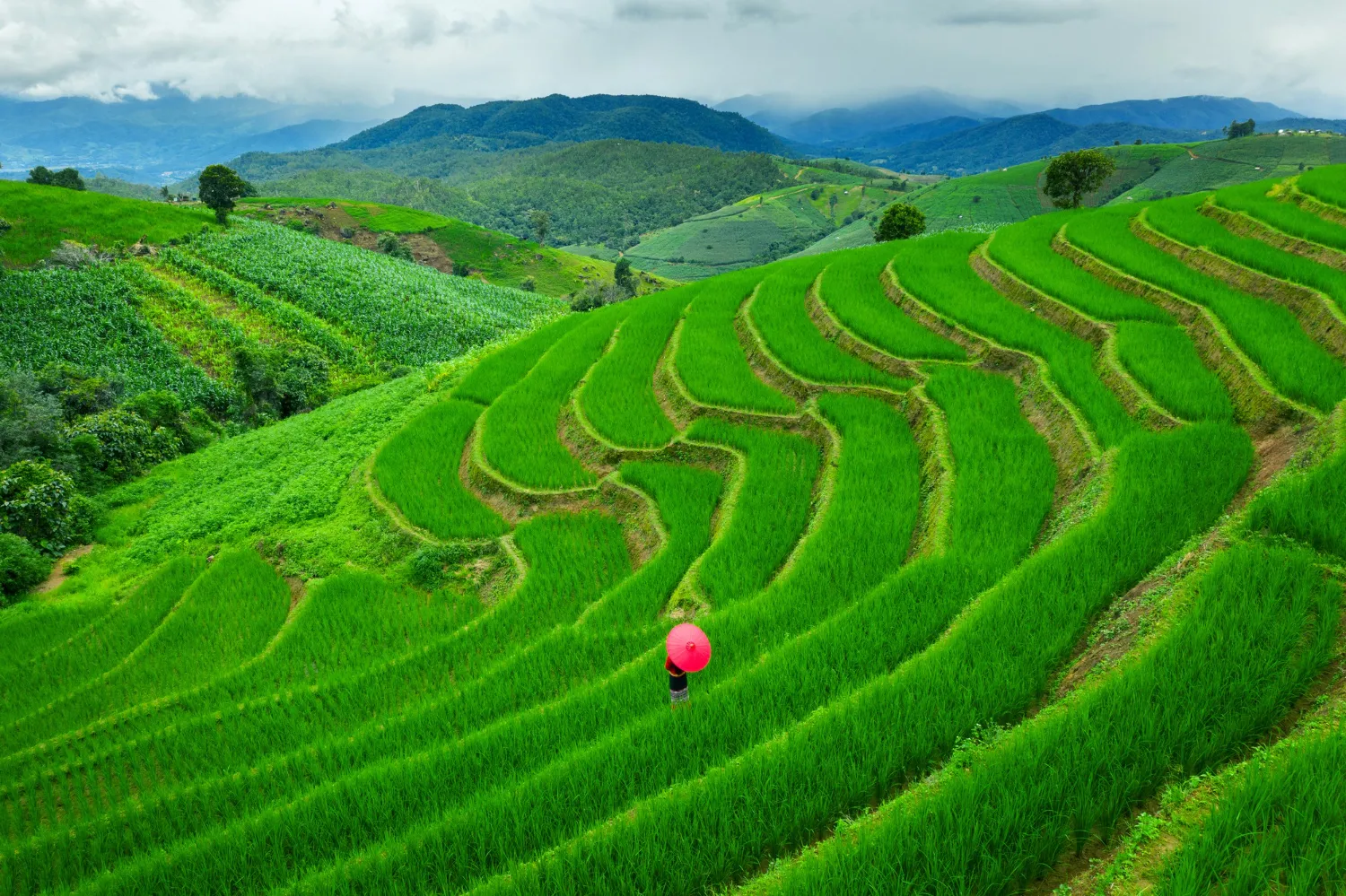
Thailand can be your go-to place if you are a traveler looking for lively nightlife, city vibes, and beautiful beaches. At the same time, Vietnam offers more peaceful moments, culture, and breathtaking landscapes.
Now, let’s compare the top and recommended places to visit in both countries.
In Thailand, places that should not be missed include Bangkok, Phuket, Krabi, Chiang Mai, Koh Samui, and Koh Phi Phi. These destinations offer vastly different experiences, from bustling cities to relaxing weeks at a beach resort. Bangkok has great shopping and nightlife, while Chiang Mai is the best area to visit temples and participate in cultural tours.
The highlights of Vietnam include Hanoi, Halong Bay, Sapa, Da Nang, Hoi An, Ninh Binh, and Phu Quoc. Hanoi is full of colonial charm, Halong Bay has one of the most beautiful cruises in the world, and Hoi An is a great spot for culture and crafts. If you are more into adventures, then Sapa is known for its trek.
So when preparing your next itinerary with your partner, remember not to miss any of these places. Plan your romantic Vietnam and Thailand vacation with 30 Sundays and we’ll make sure that you explore the best of it.
The activities in each country shape your overall experience. Let’s have a look at the must-try activities in Thailand and Vietnam.


Knowing Visa norms is a factor that you must know before traveling to any of the countries.
Indian passport holders can visit Thailand for up to 60 days without a visa for tourism. It's now required that you complete the Thailand Digital Arrival Card (TDAC) process. This is an online form that must be finished within three days of your arrival.
When you arrive at the airport, you will be required to show the confirmation email, a valid passport, proof of accommodation, and a confirmed return ticket. This process is easy and convenient, making Thailand very easy.
Vietnam requires an Indian passport holder to have a visa for most travel reasons. There are two basic types of visas available: an electronic visa (e-visa), which can be applied for online, or a Visa on Arrival (VoA).
Both require a passport with at least six months validity, a return ticket back to India, and may have additional supporting documents. A Vietnam visa usually costs somewhere between ₹2,000 and ₹4,200, relative to visa type, number of visa entries, and duration of stay.
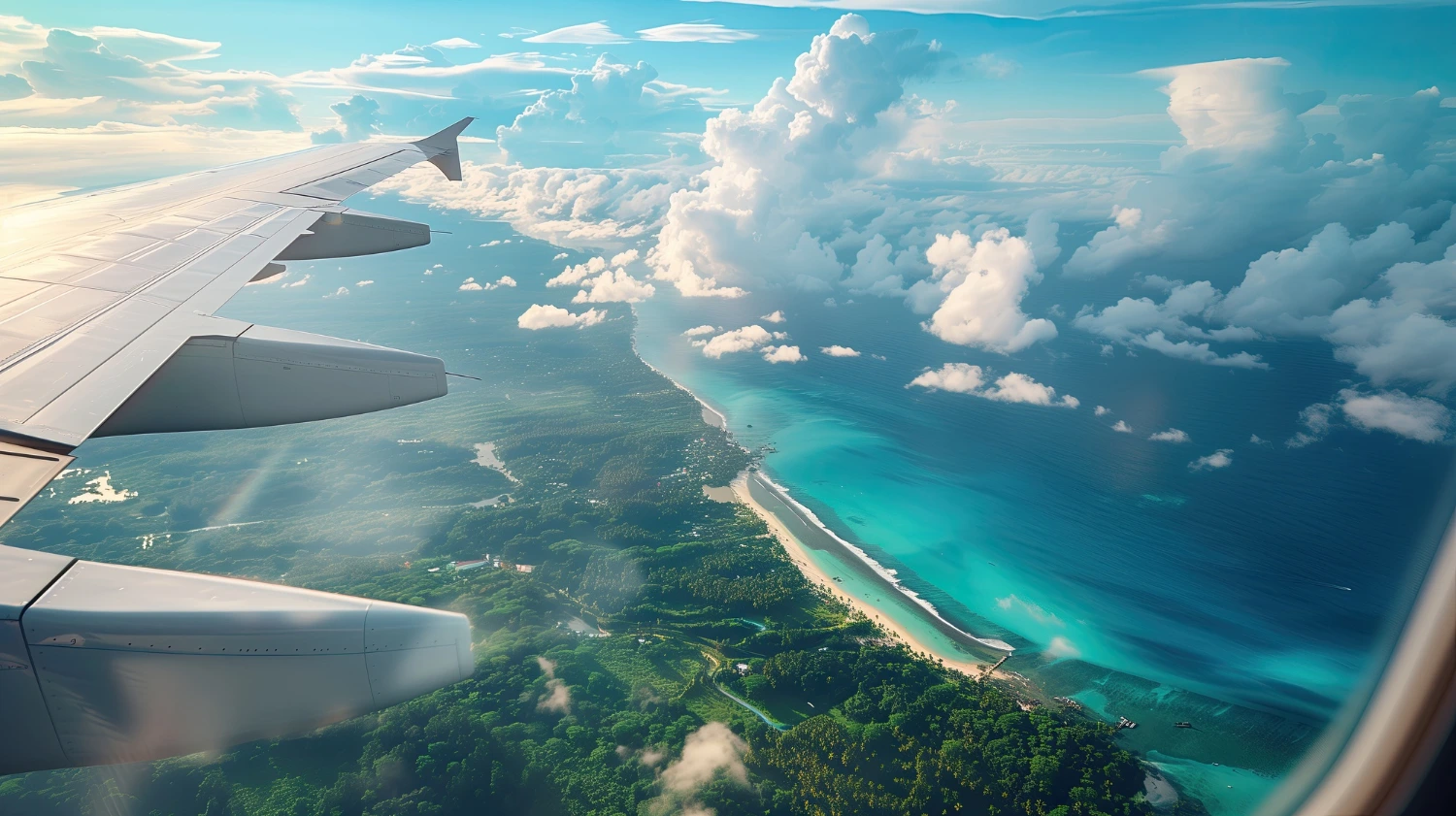
Air connections from India to Thailand are excellent. Direct flights operate from Delhi, Mumbai, Bangalore, and other major airports to either Bangkok, Phuket, or Krabi. A round trip is usually in the range of ₹15,000–₹22,000 with a flight duration of approximately 3-4 hours.
Vietnam also offers direct flights from Delhi and Mumbai to either Hanoi or Ho Chi Minh City. Round-trip fares are generally in the range of ₹18,000–₹25,000 with a flight duration of about 5 hours.
While direct air connections to Vietnam are improving, Thailand still has more direct flight options and cheaper tickets.
For many travelers, food is one of the highlights of exploring a new country. Let’s compare the food scene of both Thailand and Vietnam.
Thailand is known worldwide for its great food culture, with its street food culture being the most recognized. From rich and spicy Tom Yum Soup to Pad Thai and Mango Sticky Rice, food lovers will never run out of options. Every region of Thailand has its own unique foods, so simply eating out is an adventure.
On the other hand, Vietnamese foods are a bit lighter and healthier in comparison, relying heavily on cold herbs, broths, and rice-based foods. Pho, Banh Mi, and spring rolls are global favorites. The food here is typically not as spicy as Thai food, but it is still very flavorful, making it easier for travelers who are not fans of spicy food.
Thailand features more Indian restaurants in destinations like Bangkok, Phuket, and Pattaya. Whether you are looking for vegetarian or non-vegetarian options, there are a variety of choices available for Indian food.
Vietnam has Indian food options too, especially in Hanoi and Ho Chi Minh City, although Indian food is not as widely available there as it is in Thailand. If Indian food is a priority, then it will be easier in Thailand.
When comparing the food scene, it is important for Indian travelers to know that both Thailand and Vietnam do offer vegetarian as well as Jain options.
In Thailand, vegetarian diets are readily available, particularly in cities with a lot of international travelers, and there are many Jain options available as well.
Vietnam offers vegetarian food, but not specifically Jain options. Travelers with strict dietary needs may need to stick with international restaurants or Indian outlets in major cities.
Shopping is always an exciting aspect of traveling abroad, and for couples, both countries have their own variety of treasures to explore hand-in-hand.
Thailand is a shopper’s delight with high-end malls, street markets, and floating markets all available.
Shopping in Vietnam is more cultural and artistic. Let’s have a look at the top shopping spots in Vietnam.

Thailand has a well-established transport network, including metros in Bangkok, tuk-tuks, ferries, and relatively inexpensive domestic flights that connect many of the islands and cities. Grab taxis are popular for getting around, which is really convenient.
Vietnam relies more on buses, trains, and domestic flights within the country between major cities. Grab taxis and motorbike rentals are popular methods of transport in the largest cities.
Transport is inexpensive, but you may have to do some planning in advance, especially compared to the transport network in Thailand, which is much more established.
At 30 Sundays, we handle all elements of your trip, including flights, transfers, hotels, and local transport, so you can enjoy your holiday without all of the stress of planning and organizing everything.
After comparing Thailand vs Vietnam, the choice depends on what type of experience you are seeking. Both destinations are beautiful, but each caters to a different style of travel.
Now, we have compared Thailand and Vietnam in almost every aspect, and it’s clear that it’s impossible to decide which country is better than the other. Both countries have equal strengths.
Thailand is a fantastic option for people looking for beaches, shopping, and entertainment, all with modern conveniences. It is a destination with a little better infrastructure and direct flight options, making it quite convenient for tourists.
On the other hand, Vietnam is a treasure for people who seek to discover culture and nature in their purest forms. The surroundings are stunning, the food is amazing, and the cost is comparatively low compared to Thailand, resulting in a great value for your money.
If you're looking for variety, accessibility, and high energy, Thailand is the place to go. But for authenticity, spectacular landscapes, and luxurious experiences on a budget, Vietnam is the way to go. Whichever of them you choose, you will definitely have an unforgettable experience.
Vietnam is usually more cost-effective, particularly for accommodation, meals, and transport. Thailand does have more luxurious options, but costs a bit more to travel to popular tourist destinations.
When it comes to beaches, Thailand is the winner by a country mile. Popular locations include Phuket, Krabi and Koh Samui, all of which are world-class resorts with plenty of nightlife. Vietnam also has great beaches (Da Nang and Nha Trang) but is quieter and less developed commercially.
Vietnam has a more genuine cultural experience, with heritage towns, local markets, and festivals. Thailand has a cultural richness to it, and while it has temples and floating markets, it tends to be more commercialized than Vietnam.